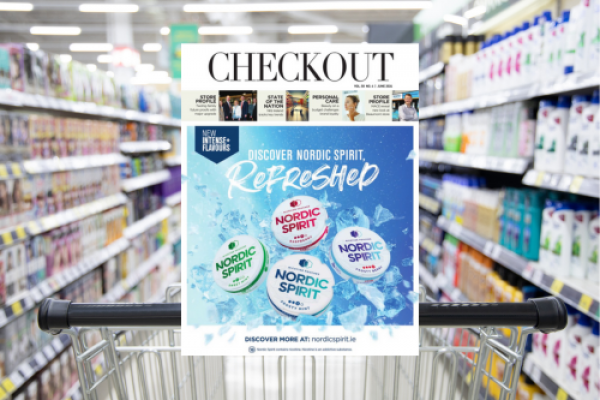This year, Checkout commemorates its 40th anniversary under its current ownership, and with this in mind, every week, Retail Intelligence is going to ‘reel in the years’ and publish a story from our extensive archives. This week we go back to December 1997, when the European Commission asked EU states to bring in GMO labelling - an issue that is still high on the agenda for the food industry and consumers today.
EU member states are being asked by the European Commission to introduce labelling on all food products containing genetically modified organisms (GMOs).
In its latest step towards tightening-up controls on the use of GMOs in food production and promoting consumer confidence in GMOs, the commission proposes that products are labelled with one of three options – ‘does not contain GMOs’, ‘contains GMOs’ and ‘may contain GMOs’. Scientific evidence will be used to make the categorisation for each product.
GMOs are used in biotechnology to change the genetic make-up of a living organism. Agri-industries buy the altered ‘seed’ to produce healthier, tastier and longer-lasting produce. For instance, the genes which cause a tomato to rot can be removed so that the tomato can have a longer shelflife. It is estimated that up to 60% of food products contain GMOs.
The commission also wants a monitoring system put in place whereby each product is allowed on the market only after consent has been given. The product then undergoes regular safety checks for seven years, and can be withdrawn if consumer or environmental safety risks are discovered. The specific monitoring plans will be drawn up on a case-by-case basis at a member state level. Measures are also included to speed up the consent and monitoring procedures.
[…]
Brussels-based retailing organisations are unhappy with the proposal, because of the lack of certainty, arguing that it makes little sense to put a product on shelf when it can be removed after seven years, if proved unsafe. They say the product should undergo stringent tests before it is permanently approved.
© 2015 - Checkout Magazine









